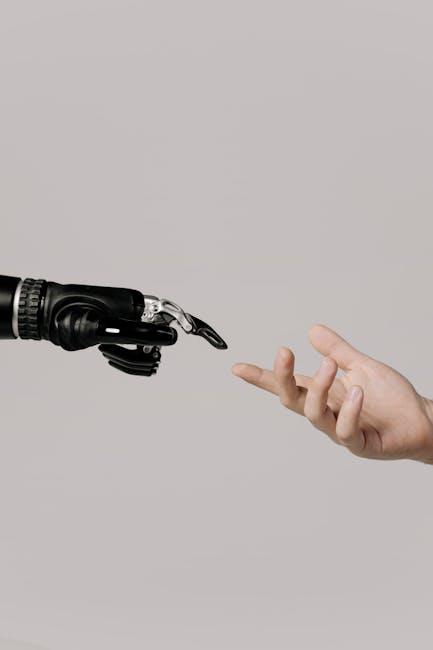
Robotic Dentistry Market Size Expected to Reach USD 2,585.94 Mn by 2034 – GlobeNewswire
The robotic dentistry market is undergoing a dynamic transformation driven by technological advancements, increasing patient awareness, and rising demand for precise dental treatments. According to a recent GlobeNewswire report, the global robotic dentistry market is projected to reach an impressive USD 2,585.94 million by 2034, marking robust growth in this innovative healthcare segment.
Overview of the Robotic Dentistry Market
Robotic dentistry refers to the application of robotic systems and computer-assisted technologies to aid dental professionals in performing surgeries, diagnoses, and other dental procedures with higher precision, efficiency, and safety. This market encompasses dental robots used for implant surgeries, orthodontics, prosthodontics, and endodontics.
The integration of robotics in dental care is revolutionizing the conventional approach by minimizing human errors, reducing manual fatigue, and enhancing treatment outcomes.
Market Size and Growth Forecast
Driven by increasing investments in research and development, rising prevalence of dental disorders, and an expanding geriatric population requiring complex dental procedures, the robotic dentistry market shows remarkable growth potential.
| Year | Market Size (USD Million) | Key Growth Drivers |
|---|---|---|
| 2024 | 670.12 | Technological Advancements & Awareness |
| 2028 | 1,295.37 | Rising Implant Surgeries |
| 2031 | 2,015.44 | Adoption in Developing Markets |
| 2034 | 2,585.94 | Advanced Robotic Systems & AI Integration |
Key Benefits of Robotic Dentistry
Robotic dentistry offers many advantages that contribute to improved patient care and operational efficiency. Dental practitioners and patients alike benefit from these transformative innovations:
- Enhanced Precision: Robotics enables surgeons to execute highly accurate procedures, improving treatment outcomes and reducing complications.
- Minimally Invasive Procedures: With robotic assistance, dental interventions are less invasive, leading to quicker recovery and less post-operative discomfort.
- Reduced Treatment Time: Automated systems speed up dental surgeries and workflows, allowing more patients to be treated effectively.
- Improved Patient Safety: Robotics reduces human errors and enables real-time monitoring during dental procedures.
- Cost-effectiveness Over Time: Despite high initial investment, robotic dentistry reduces long-term costs through fewer complications and re-treatments.
Emerging Trends in Robotic Dentistry
The robotic dentistry market is shaping up around several exciting trends, critical for stakeholders to watch:
- Artificial Intelligence Integration: AI-enhanced robotic systems for diagnostics and surgical planning.
- Teledentistry with Robotics: Remote-controlled dental robots that enable virtual consultations and treatment guidance.
- Miniaturization of Robotics: Compact and portable robotic devices for everyday dental applications.
- 3D Imaging and Printing: Robotics combined with 3D scanning and printing for customized implants and prosthetics.
Case Study: Robotic-Assisted Dental Implant Surgery
A recent clinical trial demonstrated that robotic-assisted dental implant surgeries resulted in 30% shorter procedure times and a 25% increase in implant accuracy compared to traditional manual surgeries. Patients reported less post-operative pain, faster healing, and higher satisfaction rates.
This case highlights how robotic dentistry not only advances clinical outcomes but also drives patient-centered care.
Practical Tips for Dental Clinics Considering Robotics
Dental professionals considering adopting robotic systems can follow these practical insights:
- Conduct Comprehensive Training: Ensure clinicians and staff receive thorough training on robotic operation and maintenance.
- Assess ROI Carefully: Analyze upfront costs against long-term savings and patient benefits before investing.
- Integrate with Existing Systems: Choose robotic equipment that is compatible with your clinic’s software and workflow.
- Prioritize Patient Education: Inform patients about the benefits and safety of robotic-assisted treatments to build trust.
- Stay Updated on Regulations: Keep abreast of compliance standards and certifications required for robotic dental devices.
Conclusion
The robotic dentistry market’s anticipated growth to USD 2,585.94 million by 2034 as reported by GlobeNewswire underscores the transformative impact robotics has on dental care. As technologies evolve and adoption spreads globally, robotic dentistry promises enhanced precision, better patient outcomes, and operational efficiencies unparalleled by traditional methods. For dental professionals looking to stay ahead in this competitive landscape, embracing robotic innovations is no longer optional — it is the future of dentistry.


